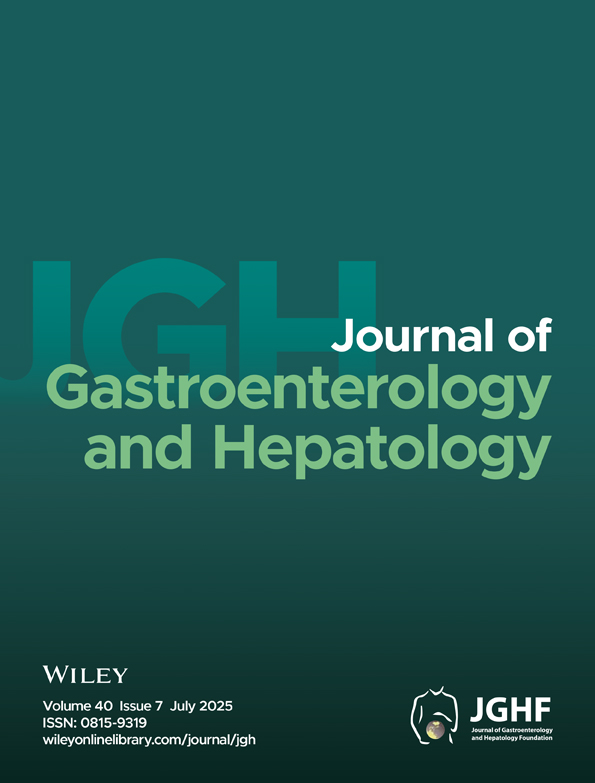Relationship between Helicobacter pylori infection and gastric metaplasia in the duodenal bulb in the pathogenesis of duodenal ulcer
Abstract
Background: The aim of this study was to determine whether the amount of Helicobacter pylori and the extent of gastric metaplasia in the duodenal mucosa play critical roles in the pathogenesis of duodenal ulcer.
Methods: Duodenal and gastric biopsy specimens were obtained from H. pylori-positive patients with duodenal ulcer, gastric ulcer or chronic gastritis. The extent of gastric metaplasia was evaluated histologically and endoscopically using the methylene blue test. In this study, we performed competitive polymerase chain reaction, a highly sensitive and quantitative method for determining the amount of H. pylori gastric and duodenal mucosa. The prevalence and extent of gastric metaplasia and the amount of H. pylori in the duodenal bulb in the three patient groups were compared. The correlation between the amount of H. pylori in the duodenum and gastric antrum and extent of gastric metaplasia were also determined.
Results: The prevalence and extent of gastric metaplasia and the amount of H. pylori in the duodenal bulb in patients with duodenal ulcer were much higher than in patients with gastric ulcer or chronic gastritis. A positive correlation was found between the amount of H. pylori in the duodenum and the extent of gastric bulb and that in the antrum.
Conclusions: The findings of this study indicate that H. pylori colonization in the duodenal bulb may play a critically important role in the pathogenesis of duodenal ulcer and that the amount of H. pylori in the duodenal bulb may be related to the amount of H. pylori in the gastric antrum and the extent of gastric metaplasia in the duodenal bulb.




